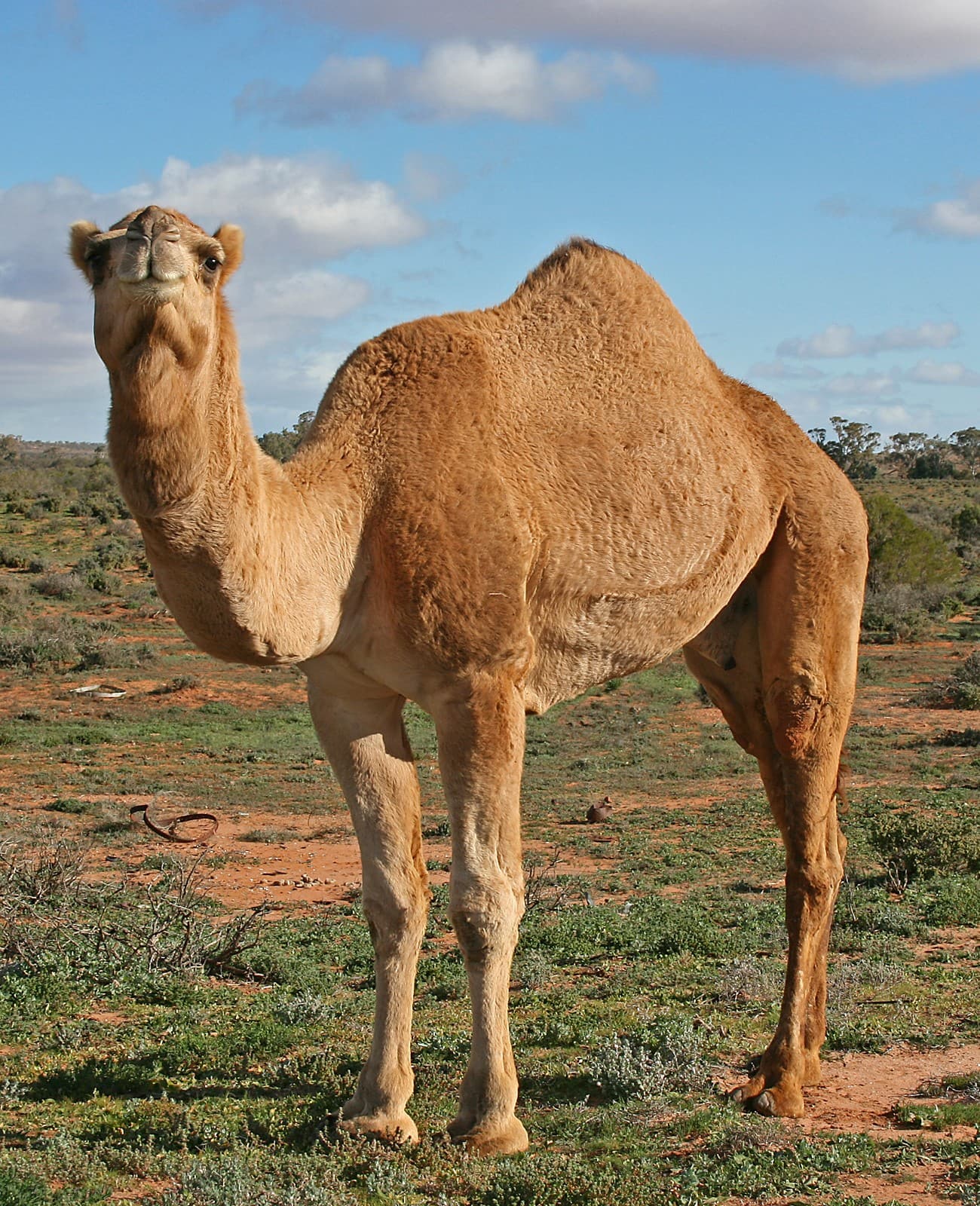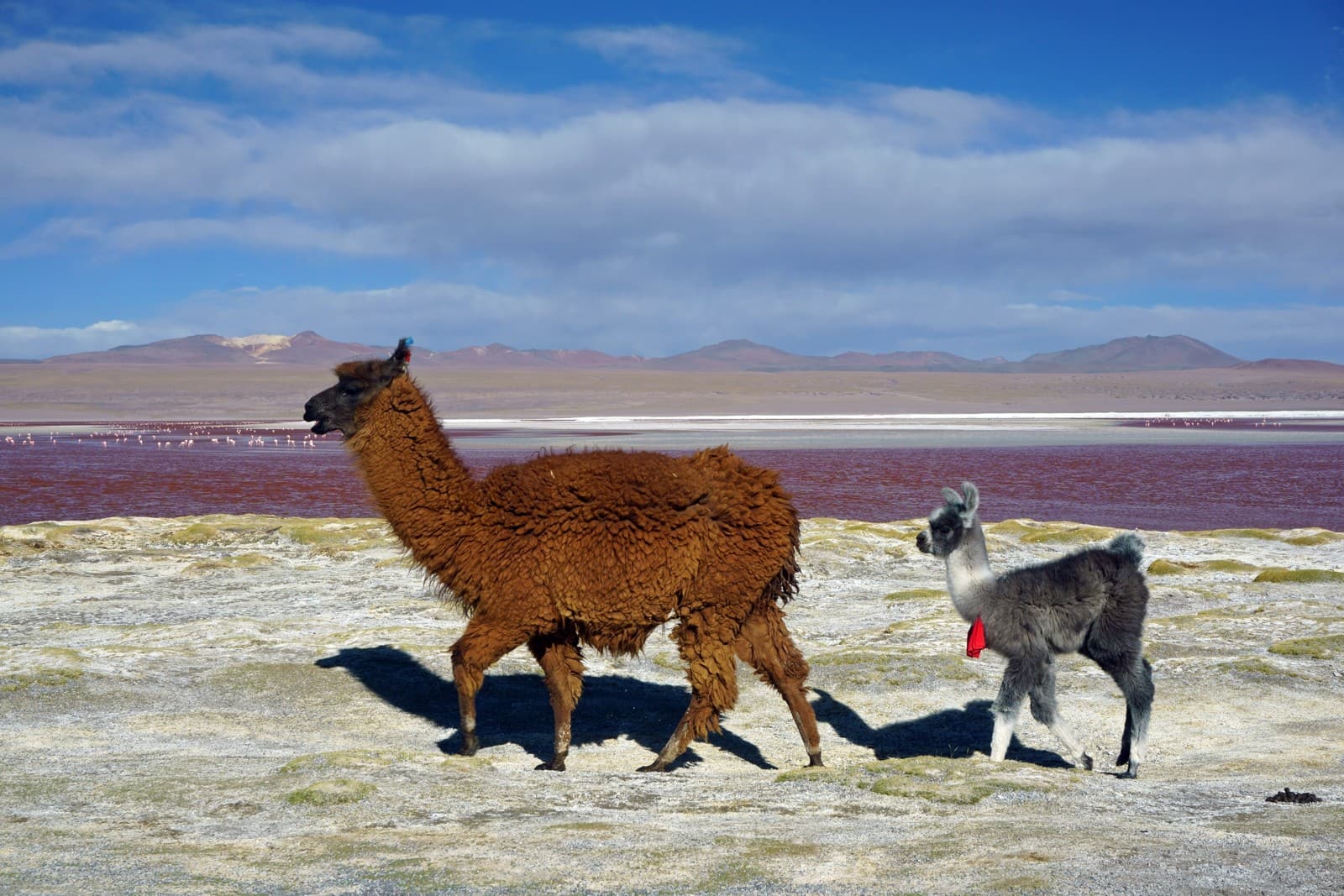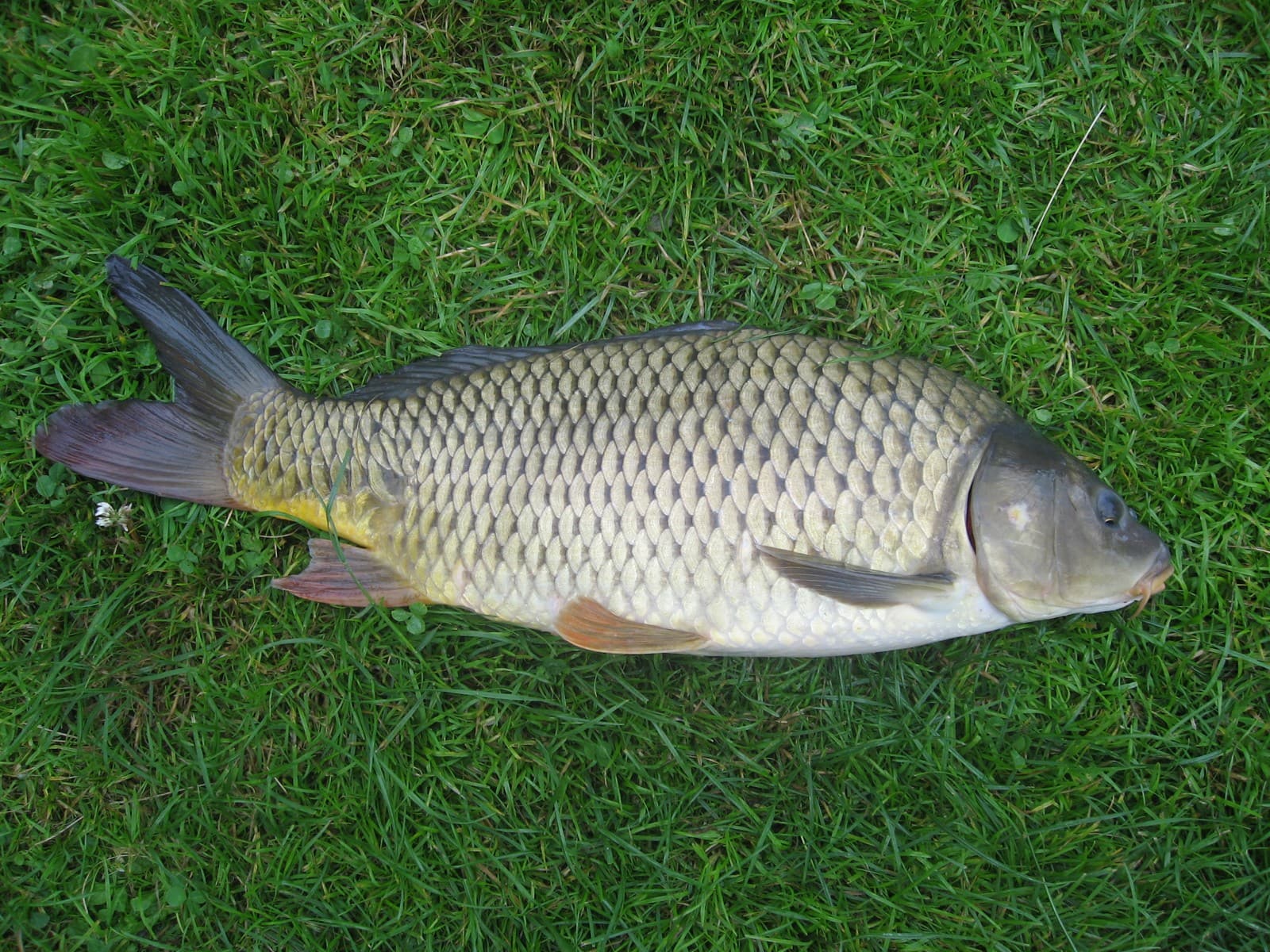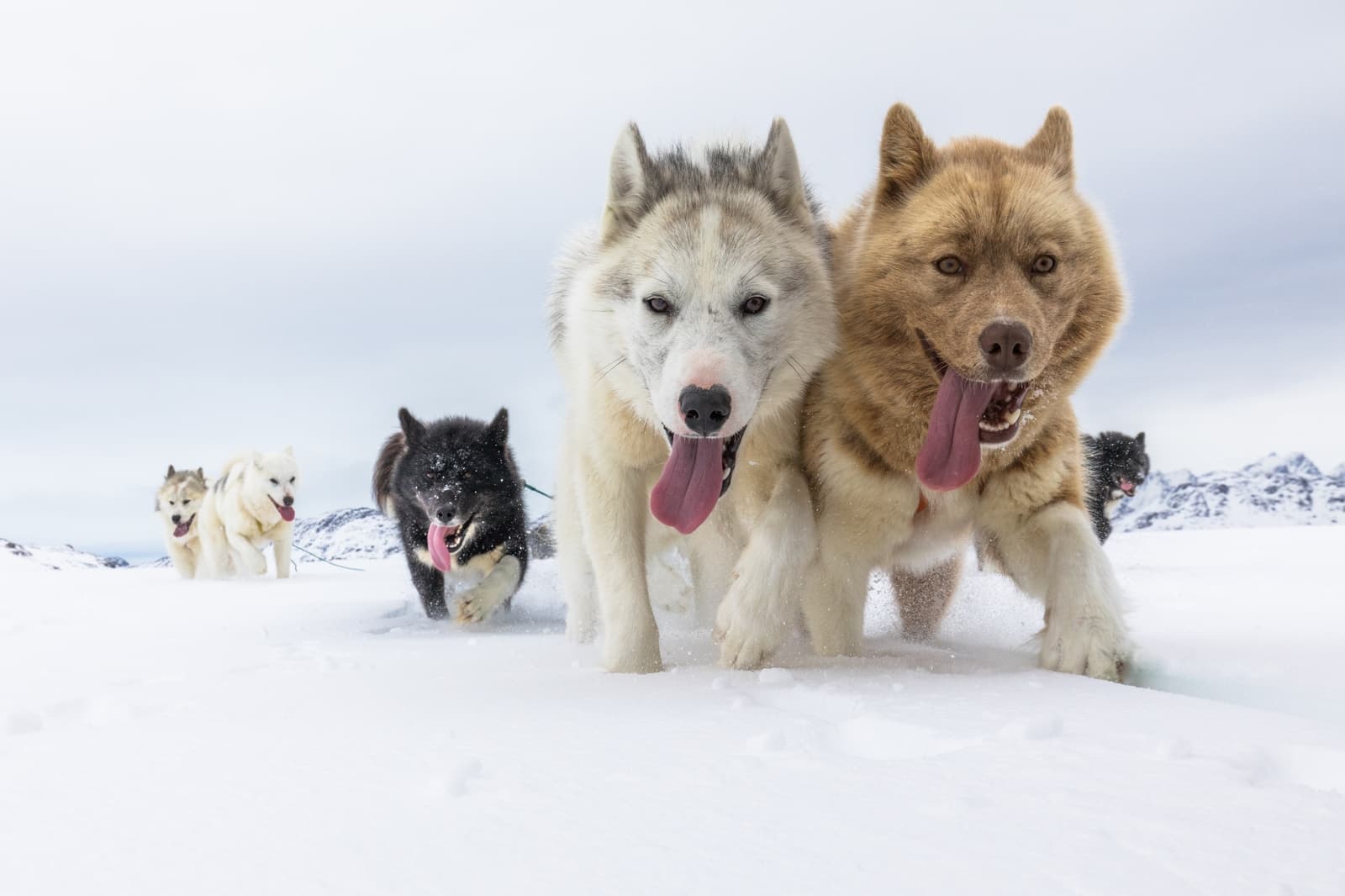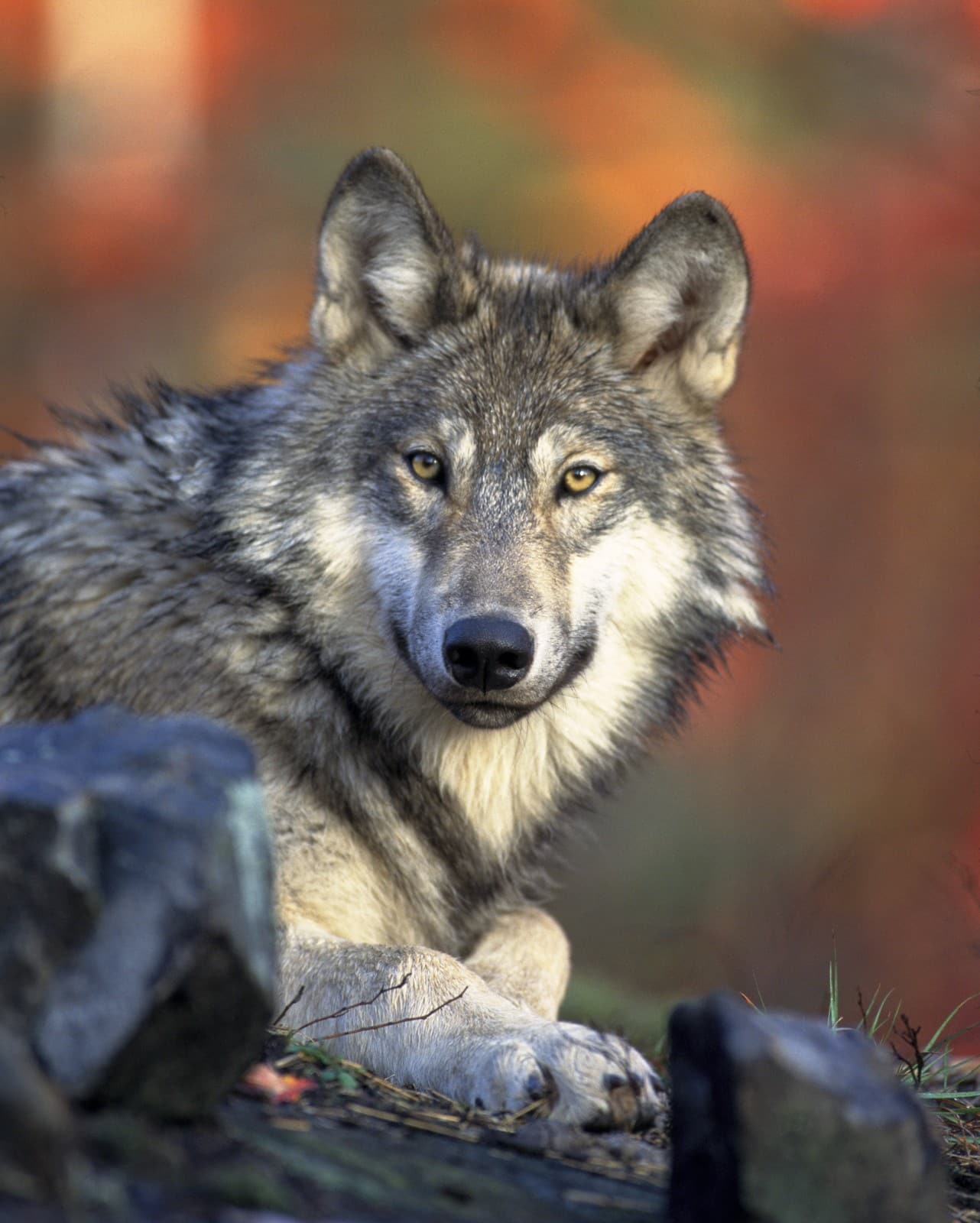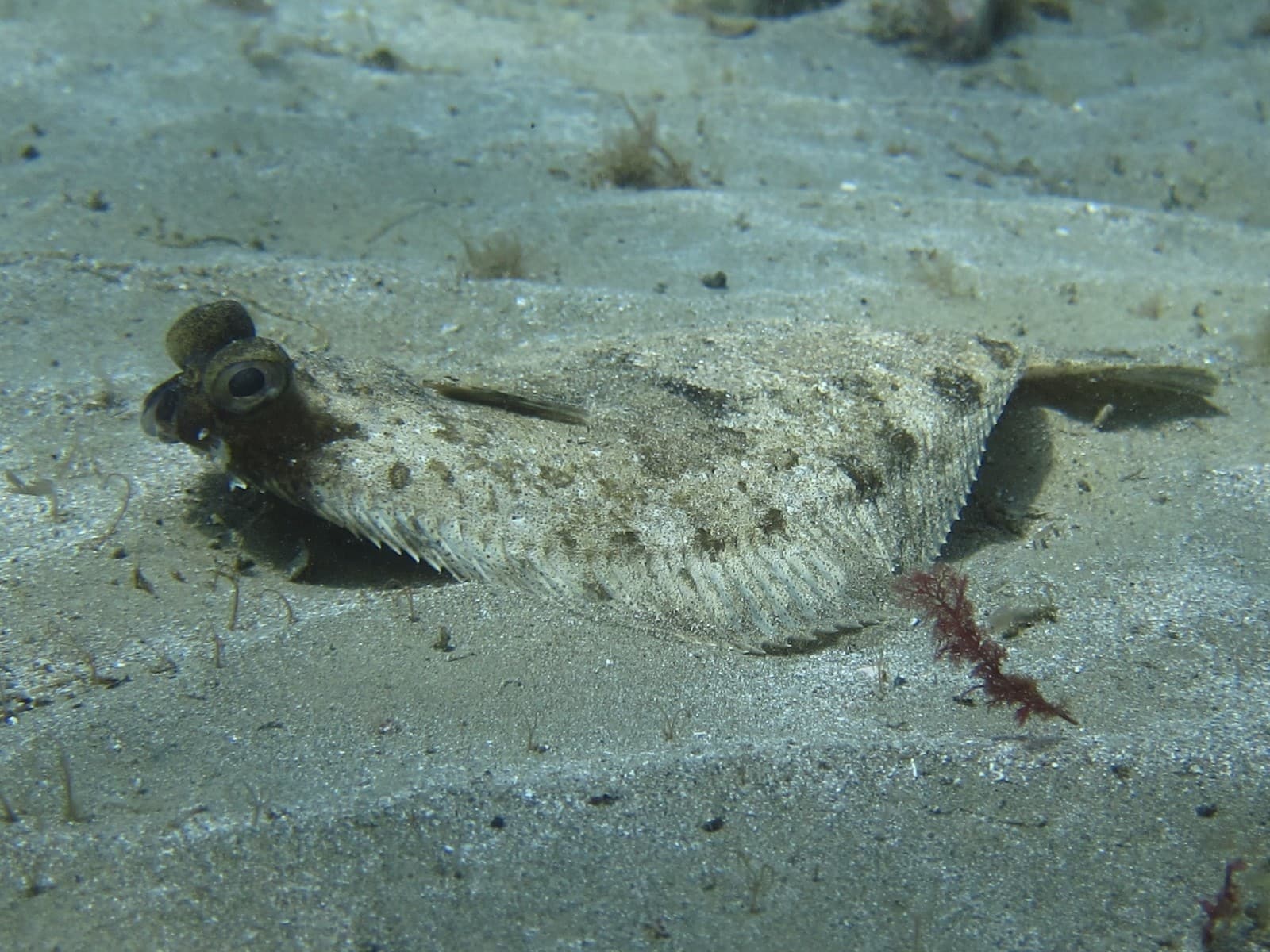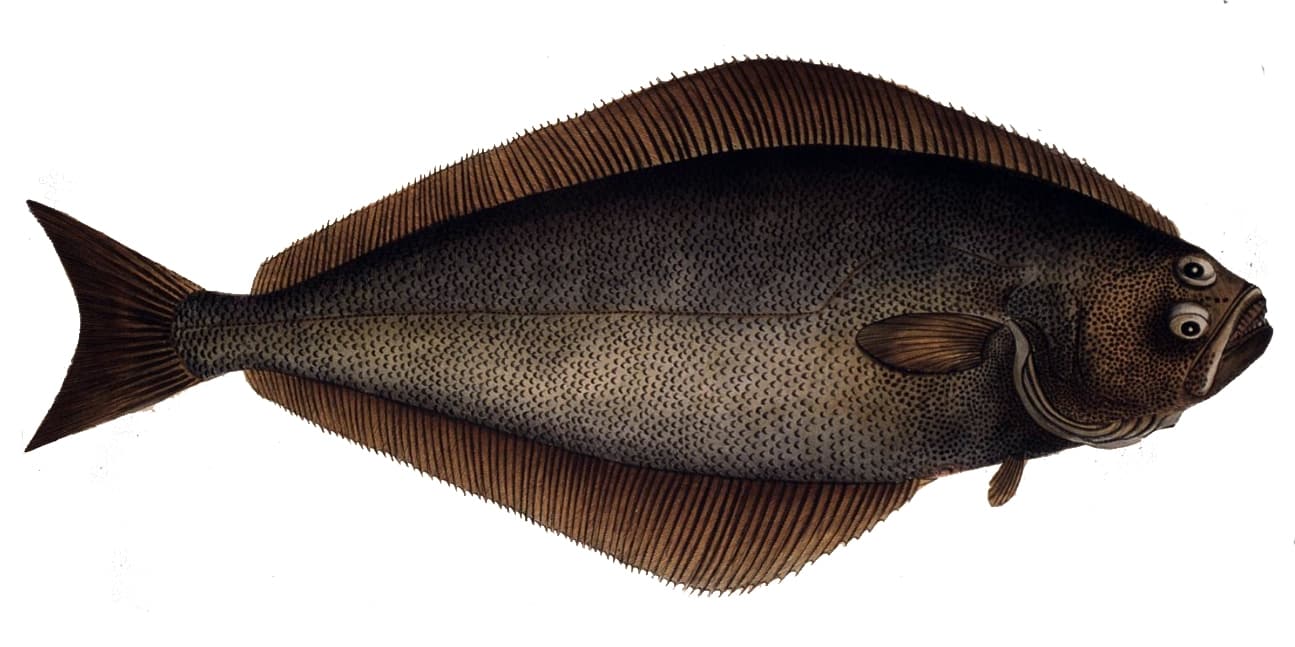Boar vs Hog: A Complete Comparison
When comparing boar vs hog, it’s crucial to understand that while they share common ancestry, these animals have distinct characteristics shaped by their wild and domestic environments. Wild boars (Sus scrofa) typically weigh 150-220 pounds (68-100 kg), while domestic hogs can reach weights of 450-700 pounds (204-318 kg) for commercial breeds.
The most significant difference lies in their physical adaptation to their respective environments. Wild boars possess denser bones, thicker skulls, and more pronounced tusks for survival in harsh conditions, while domestic hogs have been selectively bred for meat production and docility.
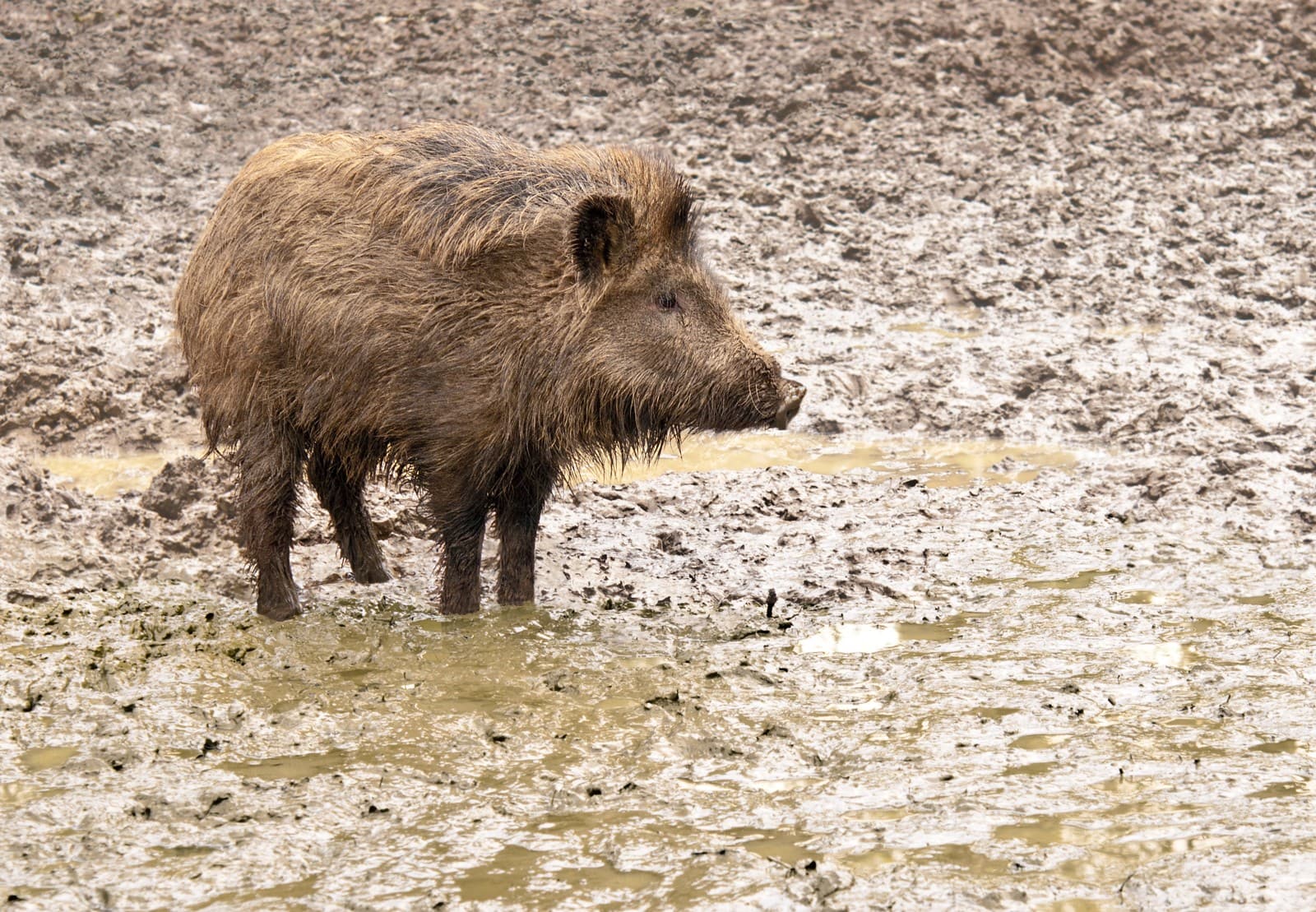
© Michael Gäbler / CC BY 3.0
Wild boars display their natural adaptations for survival, including a muscular frame and protective bristly coat that helps them navigate through dense undergrowth while defending against predators.
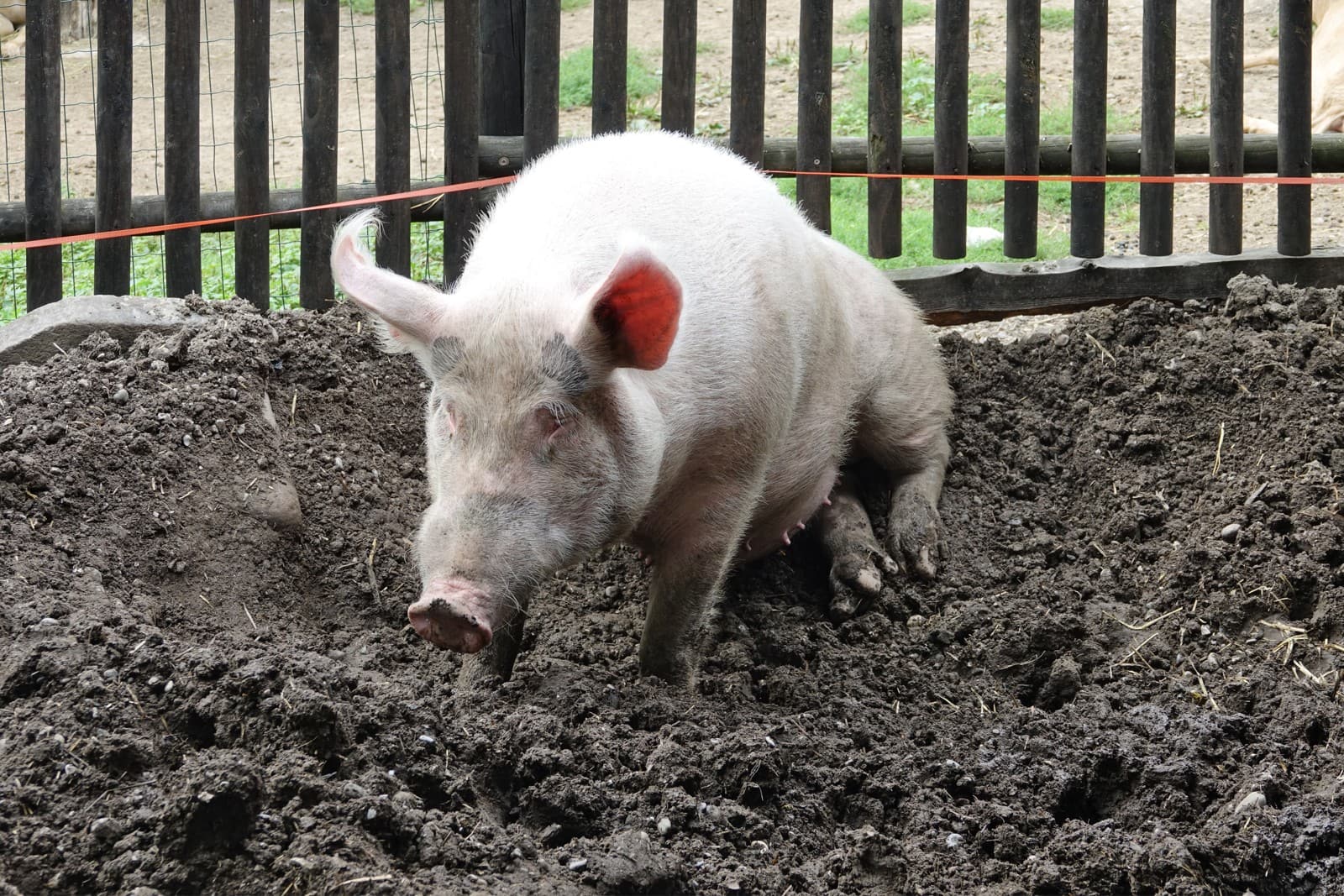
© Gzen92 / CC BY-SA 4.0
Domestic hogs exhibit the results of selective breeding, with their lighter coloration and more substantial body mass optimized for meat production rather than survival in the wild.
Key Physical Differences Between Boar and Hog
| Feature | Boar | Hog |
|---|---|---|
| Weight | 150-220 lbs (68-100 kg) | 450-700 lbs (204-318 kg) |
| Tusks | Prominent, up to 5 inches (12.7 cm) | Reduced or absent |
| Coat | Thick, bristly, dark brown/black | Various colors, thinner coat |
| Skull Structure | Thicker, more angular | Shorter, less robust |
| Body Shape | Lean, muscular | Broader, more rotund |
| Snout | Longer, more pointed | Shorter, broader |
Behavioral Differences
Wild boars and domestic hogs show marked differences in their behavior patterns. Boars are naturally crepuscular, being most active during dawn and dusk, while domestic hogs adapt to human schedules. Wild boars demonstrate complex social structures within their sounders (groups), while domestic hogs typically live in artificial social groupings determined by farmers.
Habitat and Distribution
Wild boars inhabit diverse environments across Europe, Asia, and North Africa, adapting to various terrains from forests to grasslands. They’ve also established invasive populations in the Americas and Oceania. Domestic hogs, conversely, are found worldwide in controlled agricultural settings, from small family farms to industrial operations.
Intelligence and Problem-Solving
Both animals display remarkable intelligence, though expressed differently:
-
Wild boars excel at:
- Navigation through complex territories
- Finding seasonal food sources
- Evading predators
- Teaching survival skills to offspring
-
Domestic hogs demonstrate:
- Social learning capabilities
- Tool use in controlled settings
- Strong memory for routines
- Problem-solving in domestic environments
Who Would Win in a Confrontation?
In a theoretical confrontation between a wild boar and a domestic hog, the wild boar would likely prevail due to several factors:
- Natural weaponry (larger tusks)
- More aggressive temperament
- Greater muscle density
- Superior agility and stamina
- Natural fighting experience
However, such confrontations rarely occur in nature due to habitat separation.
Conservation and Economic Impact
Wild boars face various conservation challenges, including habitat loss and hunting pressure in some regions, while thriving as invasive species in others. Domestic hogs represent a significant global agricultural industry, with over 1 billion individuals raised annually for food production.
Disease Resistance and Health
Wild boars typically possess stronger natural immunity to various diseases, adapted through natural selection. Domestic hogs, while more susceptible to certain ailments, benefit from veterinary care and controlled environments. This difference becomes particularly relevant in areas where wild and domestic populations might interact, raising concerns about disease transmission.
